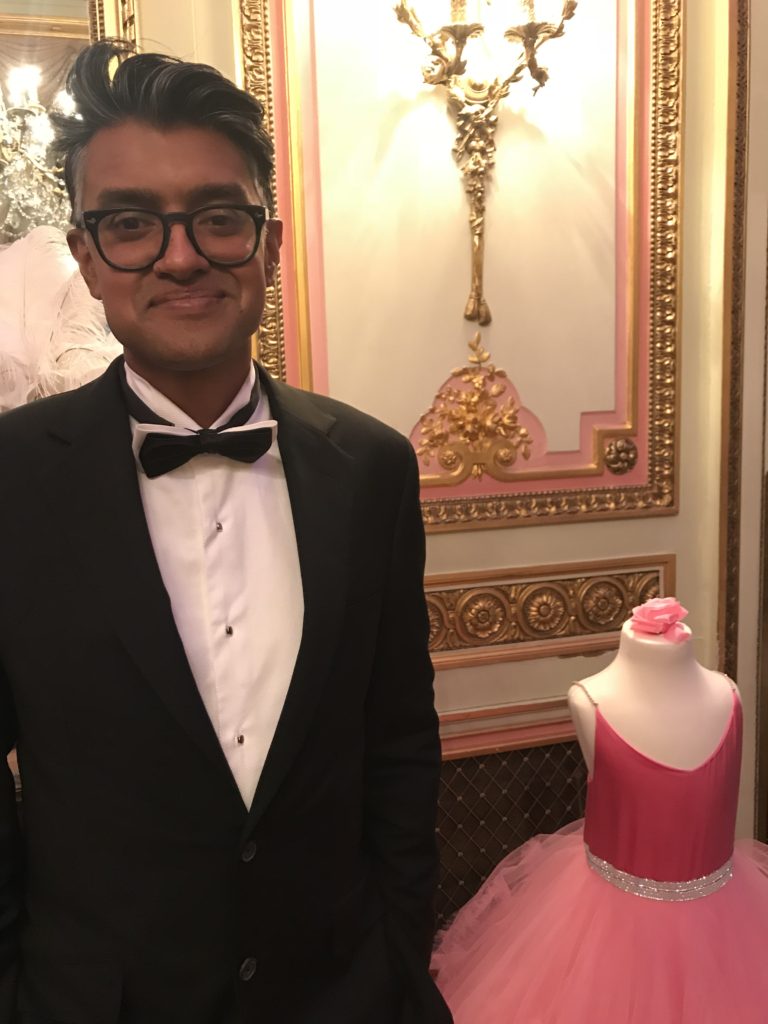 Ahead of Manuelpillai Fine Arts’ collaboration with Zari Gallery for the show of Anthony Christian: “Animate/Inanimate”, we asked art collector Jana Manuelpillai on how he started his eclectic collection and the future of art from the Asian subcontinent.
Ahead of Manuelpillai Fine Arts’ collaboration with Zari Gallery for the show of Anthony Christian: “Animate/Inanimate”, we asked art collector Jana Manuelpillai on how he started his eclectic collection and the future of art from the Asian subcontinent.
Can you tell us more about the collaboration between Manuelpillai Fine Arts and Zari Gallery?
For about eleven years I have run The Noble Sage Art Collection, specialising in South Asian contemporary art. My chance meeting with Zari Gallery through an artist was extremely fortuitous. It was almost an immediate impetus for me to launch my new premium brand, Manuelpillai Fine Arts, that would include my most senior South Asian artists, many of them now passed away, and indeed branch out into British contemporary artists such as Anthony Christian. My relationship with the Director of Zari Gallery has grown positively over the last year and we see each other working together going forward on my future projects.
At what age did you start collecting art? Can you remember the first artwork you bought?
To some degree I have always been a collector, almost fanatical, drawn since childhood to religious pieces. The first artwork I acquired however was shortly after my art history degree. It was a piece of aboriginal art, a landscape that felt like it was infused with the natural spirituality of the outback of Australia.
Your website says you ” have a special interest in art and spirituality”. Can you define spirituality in terms of art? (For example, Anthony Christian’s erotic works are spiritual but not in a religious sense.) Is spirituality highly personal for the collector or should it be ubiquitous in the artist’s work?
I strongly believe that the appreciation of art is a spiritual process, much like our act of prayer in front of a religious statue. It is cyclical – looking, receiving and then gaining sustenance. This is why many gain so much from art. Everyone can partake in it.
God like art is a finite, intangible thing. It can’t be evidenced, justified, quantified or even fully understood. Yet both are equally important as they centre us, reminding us of our need for humility in the face of those grand things we just do not understand. Anthony’s practise is strongly spiritual. Indeed, he left once upon a time for Asia as he wanted to absorb this latent spirituality in Bali and India. The capturing of beauty with the brush, for Anthony, is attuned to communing with his divine gift and understanding that there is beauty in our bodies and their orchestration – whatever repression society projects upon them. Anthony considers there to be little difference between a landscape and a so-called erotic nude – both are studies of nature and beauty.
Who are the rising stars of the next generation of artists from the Asian subcontinent?
My eye has always been on artist K. Benitha Perciyal from Chennai. Her explorations of femininity in her installations are strikingly different from anything you would see outside of India. I have been collecting her for more than a decade and it is a thrill to see her art admired worldwide by biennales, galleries, patrons and artists alike.
Why should collectors invest in art from the Asian subcontinent?
Investing in the Asian subcontinent (as I have done) is an exciting way of being part of the artistic growth of a continent that is booming economically. India and China are considered to be an excellent investment in many different sectors and art is just one. Most of all, it is an opportunity to take part (and own) pieces of the Modern art journey of these countries. No one can help but be enthused by that!

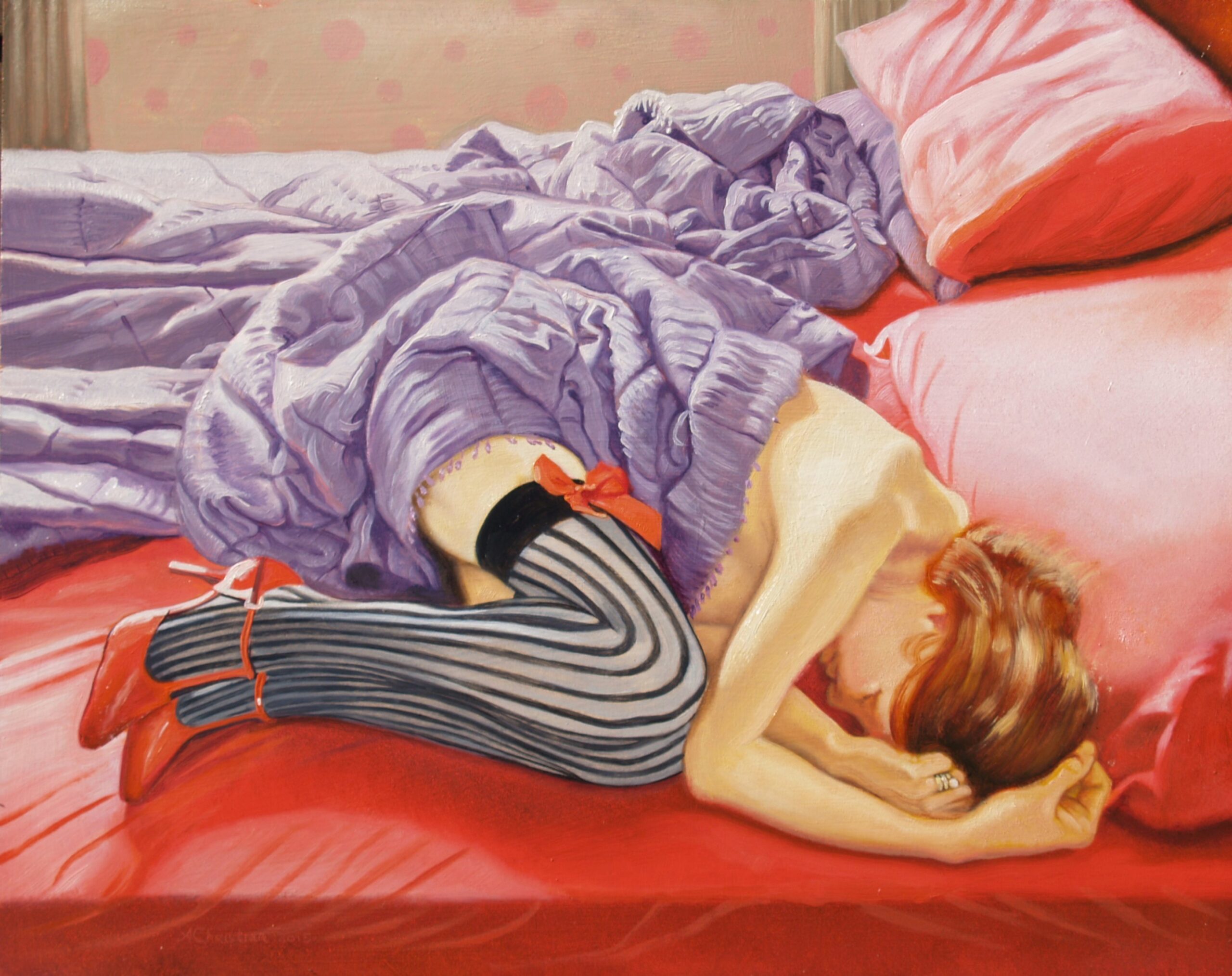
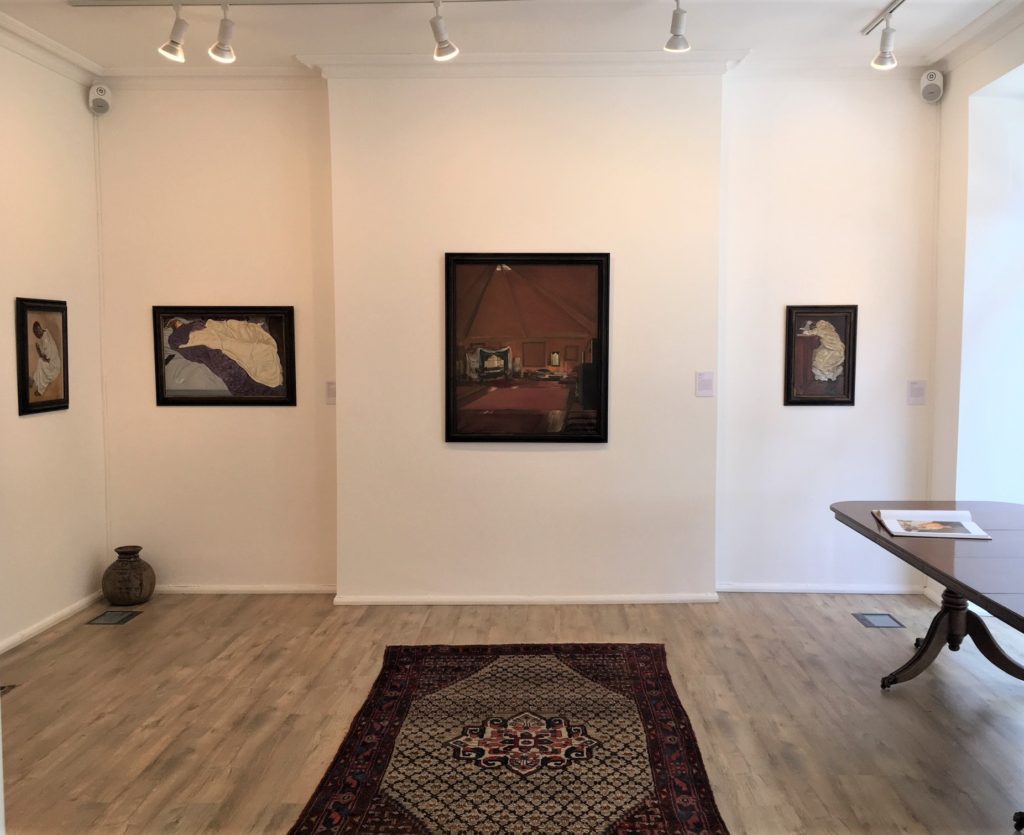

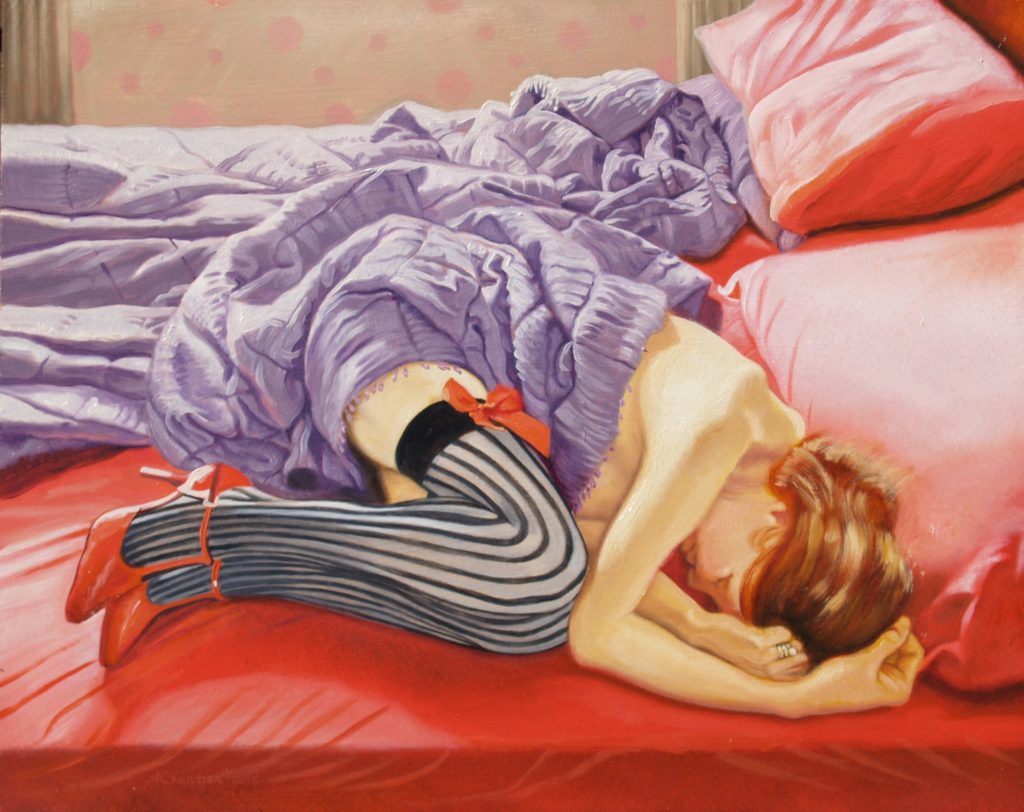
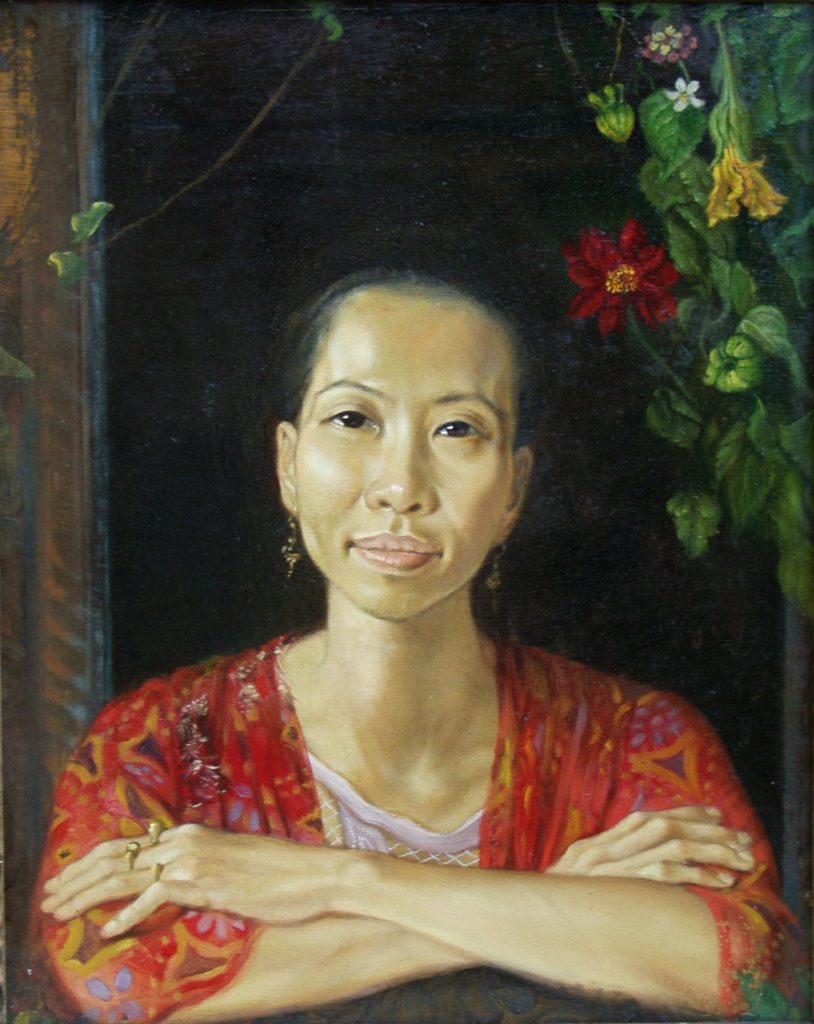

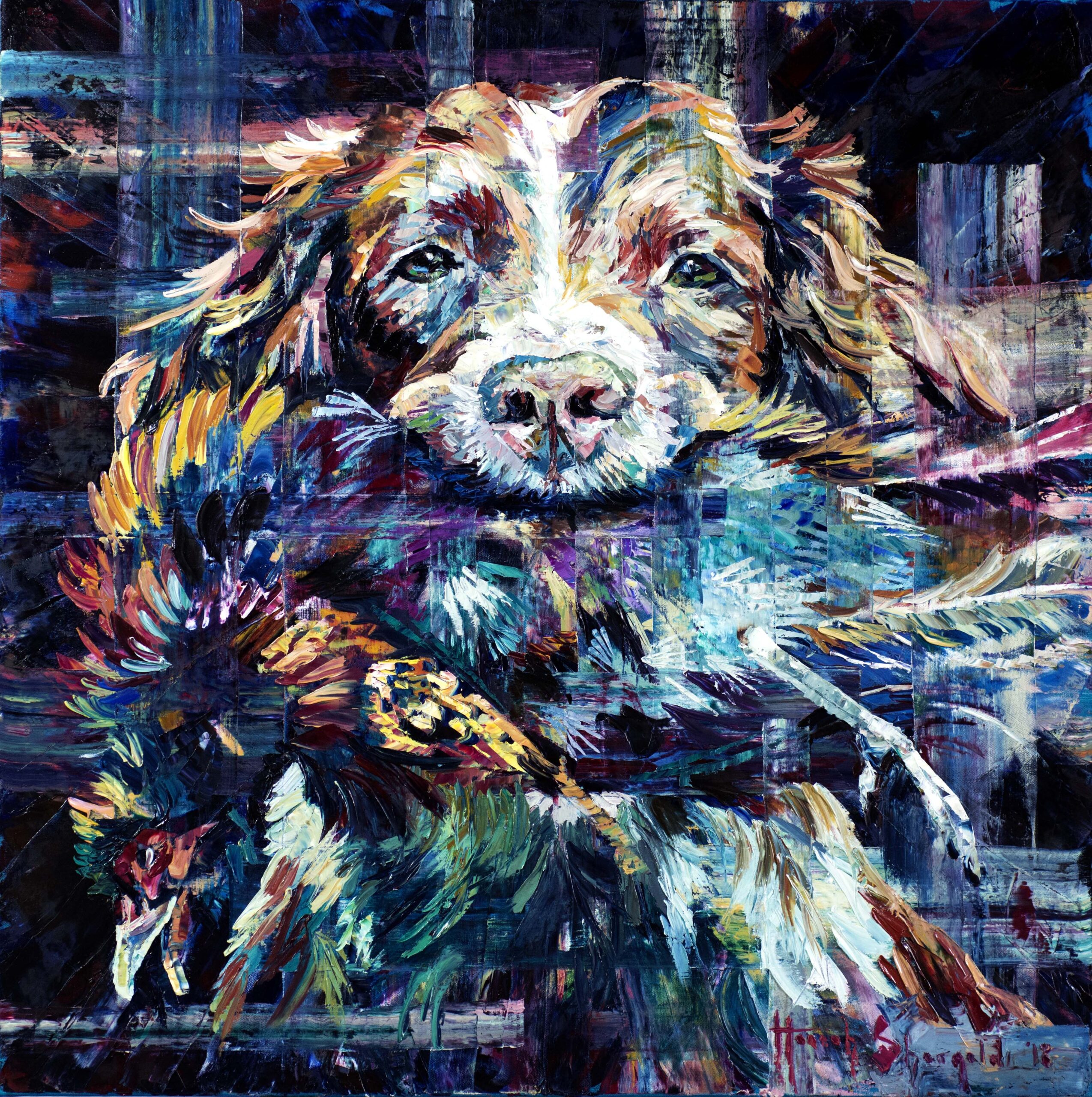
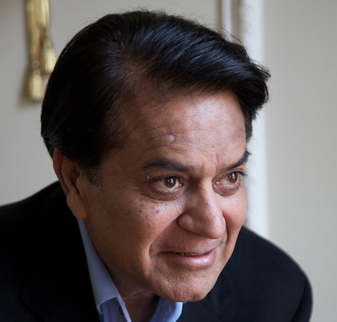
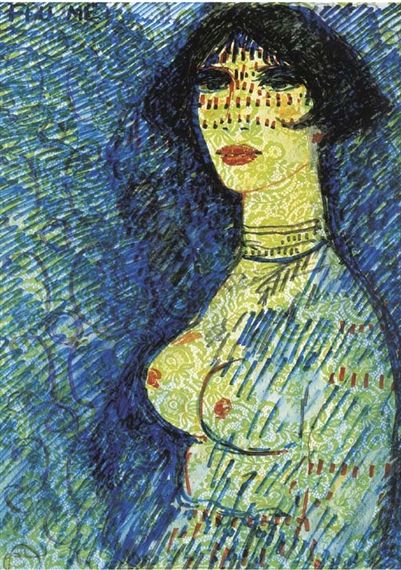
 Saving...
Saving...